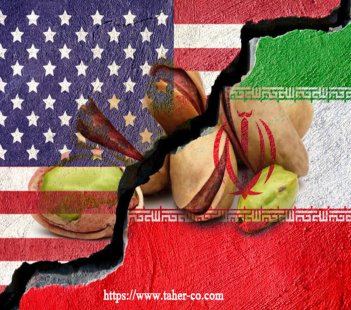Source:http://www.bbc.com/

The international pistachio trade has faced unexpected headwinds due to the tensions between Iran and the US. The global pistachio industry is a multi-billion dollar a year sector that
Iran-US competition in pistachio industry
The international pistachio trade has faced unexpected headwinds due to the tensions between Iran and the US.
The global pistachio industry is a multi-billion dollar a year sector that is continuing to grow in value as its popularity as a foodstuff grows.
The US and Iran dominate the world’s trade in pistachios – collectively controlling between 70% and 80% of yearly output for the last decade.
Over the last forty years, Iran’s growers have faced pressures from sanctions, tariffs and restrictions on their ability to access international financial tools.
Although pistachios themselves were not on the list of sanctioned products, restrictions on global banking made trade difficult for Iranian farmers. All that changed in 2016 following the Iran nuclear deal.
It wasn’t just Iranian oil that came flowing back onto the international market, pistachio exports began gaining overseas markets.
Trump’s threat
That progress could face challenges though. US President Donald Trump called the agreement created under his predecessor the “worst” deal the US has ever made.
For Iran’s pistachio industry the threat of losing the deal and reinstating sanctions could mean the return of what Hojat Hassani Sadi, deputy director of the Iran Pistachio Association calls “unfair and unequal competition”.
Ancient roots
The pistachio industry in Iran dates back thousands of years. By contrast, pistachio farming in the US started in the 1930s with Persian seeds.
The boom in commercial pistachio cultivation came after the US severed ties with Iran following the 1979 hostage crisis, after which the US and its allies placed sanctions on Iran.
Over the next several decades, even in countries where Iranian pistachios were welcomed, restrictions on its companies’ ability to access international financing made it hard for the industry to flourish.
During that time the US market expanded, with farmers – mainly across California – planting the crop.






User comments